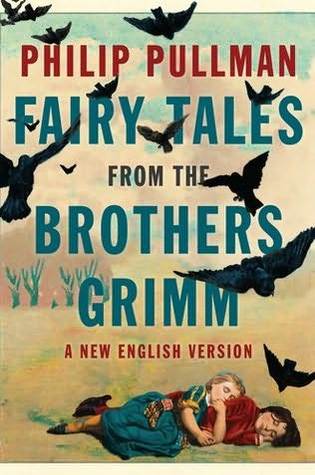 I have not enough space to say all the good things there are to say about The Singing Bones, nor a vocabulary sufficiently stocked to even so much as touch upon a full description of the wonder and delight this volume arouses in me! I mean, for one, I know we really shouldn’t judge books by their cover*, but how can you resist picking this up, knowing that this is a collection of the Grimm’s fairy tales, each tale accompanied by a sculpture in the same vein as the one on the cover?
I have not enough space to say all the good things there are to say about The Singing Bones, nor a vocabulary sufficiently stocked to even so much as touch upon a full description of the wonder and delight this volume arouses in me! I mean, for one, I know we really shouldn’t judge books by their cover*, but how can you resist picking this up, knowing that this is a collection of the Grimm’s fairy tales, each tale accompanied by a sculpture in the same vein as the one on the cover?
It gets better. Each tale is presented here as a vignette rather than a retelling, revealing dramatic snippets of each story (the drama is aided all the more by the lighting and setup of each scene), sometimes altogether forgoing any mention of the plot proper. You’ll be exposed not only to a specific adaptation of the tales, but to a new way of interpreting them: Tan acts more as a guide that shows you the sweep of the landscape rather than one that points out all the details.
And if you aren’t completely familiar with the Grimm’s tales, a short synopsis of each of the tales featured in The Singing Bones is provided at the end of the book. It was quite nice to revisit the pages for tales I was unsure or had absolutely no clue about. (In addition to which I’ve blogged about Pullman’s collection of Fairy Tales from the Brothers Grimm before, so although there are some tales Tan covers that aren’t covered by Pullman, it’s well worth a read.)
